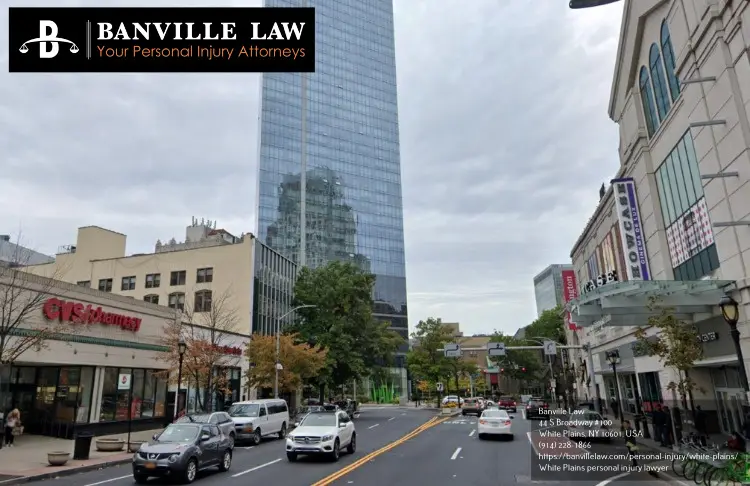
This article is kindly sponsored by the personal injury attorneys in White Plains, NY, at Banville Law.
Five years ago marks the centennial of White Plains, New York. After Rye Puritan settlers cut a deal with the Weckquaeskeck Indians in 1683, this patch of over 4,000 acres became known as White Plains. The Native Americans had referred to the area as Quarropas, translated into white marshes or plains, hence the name White Plains.
In the present-day Broadway area, farms and colonial homes began to multiply. Farm animals roamed most of the inner town while training for the volunteer military could be seen in the unpaved roads. A patent was awarded to the area in 1721 by King George II, allowing White Plains to become a county seat in 1757. In 1776, the town became known as the birthplace of New York when Judge John Thomas read the Declaration of Independence to the state of New York.
The Battle of White Plains took place a few months following this historical moment. General George Washington led the battle across the areas known today as Battle Hill and Dusenbury Hill. Although they would end in retreat, it would block the British from entering Westchester County. The Jacob Purdy House, which still stands today, would later become the home of Washington's headquarters. A tragic fire, possibly due to the drunken troops under the lead of Major John Austin, wiped out most of the town center area.
It would not be until 1844, and the erection of the New York and Harlem railroad, that the town would begin rebuilding. Railroad Avenue, now Main Street, would become home to many saloons, shops, and a new courthouse. In 1916, the same year it would officially become a city, downtown White Plains would begin its modern makeover with the Home Savings Bank, Municipal Building, and the Lawyers Building opening. This area would become the new financial center. Ribbon cutting for the tallest building in Westchester, the 10-story Bar Building, took place in 1926.
County Executive Ed Michaelian, also known as Mr. Rupublican, began rebuilding the area, starting with the library, courthouse, and the central city region. Construction would reach $650 million by 2003, and more than fifty Fortune 500 companies would call it their home, including the following:
There was a considerable population growth spurt in the 2000s, mainly in part to the thirty-minute commute by train for residents that work in New York. Developers built more apartment buildings to accommodate the influx, and the cost of living is in the class of the highest in the world.
The household income was approximately $73,744 in 2007. By 2010 White Plains was considered one of the fastest cities in the U.S. for growth, as the population increased to 56,853. The ethnic breakdown was the following:
Continue Reading: The History of Harrison, NY
If you have been seriously injured because of another’s carelessness, you may be entitled to compensation. Contact our experienced White Plains, NY personal injury attorneys to schedule your free consultation.
Banville Law
44 S Broadway #100
White Plains, NY 10601, USA
(914) 228-1866